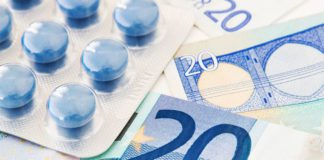Pharmaceutical spending in the first six months of the year, i.e. the one that passes through local pharmacies, has grown by almost one percentage point compared to the same period of 2016. A modest increase that for now does not jeopardize the ceiling of 7.96%, respected for a difference of about one tenth of a point . Photography arrives 
The same cannot be said for direct purchases, the new expenditure aggregate that from this year combines hospital and direct/dpc in a single dish. Between January and June, NHS outlays for drugs purchased by ASL and AO exceeded 5.7 billion euros, which, net of payback and funds for innovative products, fell to around 4.8 billion. The incidence on the National Health Fund thus settles at 8.6%, for a breakthrough on the aggregate ceiling (equal to 6.89%) of just under one billion euro.
However, the figures, AIFA warns, must be taken with some caution: the lack of data from Sardinia continues to weigh on the calculations of direct distribution-dpc expenditure (which continues to show a noticeable drop, -25.3% in the first half), while the numerous requests for corrections weigh on the purchases of Local Health Authorities and Ao arrived at the Agency in recent weeks. In short, whether you call it hospital expenditure or expenditure for direct purchases, it is always an approximate expenditure.
Related news: AIFA. Monitoring of National and Regional Pharmaceutical Expenditure (January / June 2017) (20/10/2017)
